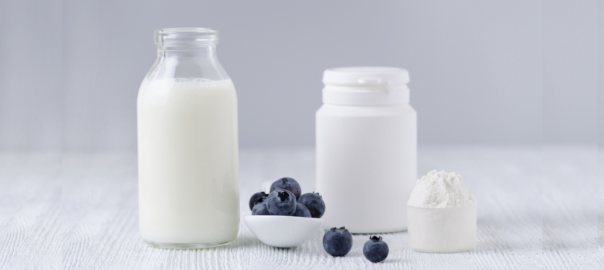In this week’s article, we provide a roundup of some of the most recent health and nutrition related articles in the news, four items comprising:
- Micronutrient gaps in childbearing years ‘concerning,’ survey stresses
- Rise in type 2 diabetes in young people in England and Wales
- Low DHA and EPA a ‘strong risk factor’ for preterm birth: Danish data
- Air pollution may harm cognitive intelligence study says
Last updated on 30th August 2018 by cytoffice





